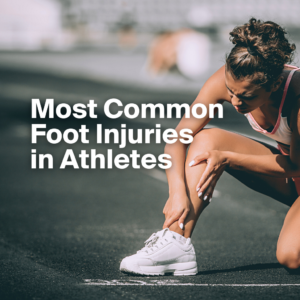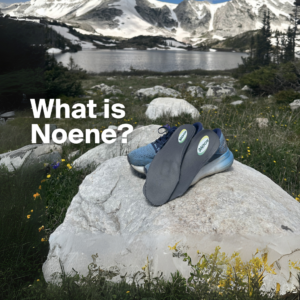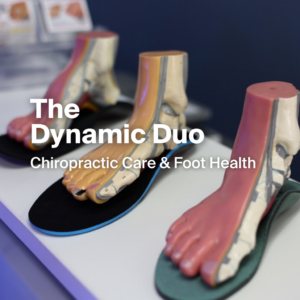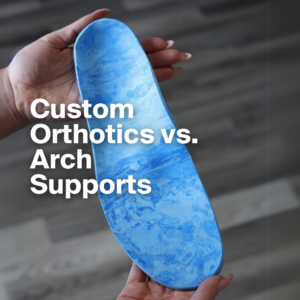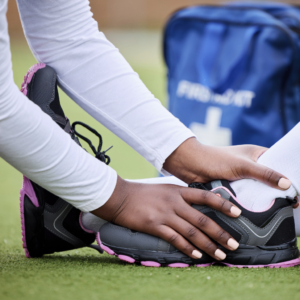Disclaimer: This content does not replace professional medical advice, diagnosis, or treatment. Always consult your physician with health questions. Never ignore or delay medical advice due to website information. Call your doctor, visit the emergency department, or dial 911 in case of a medical emergency.
In a previous post, we noted that a heel spur is an abnormal growth of the heel bone–the largest bone in the foot that absorbs the most amount of shock and pressure.
If you have a heel spur, here are four recommended ways to address it. The first two you can do on your own:
First, we recommend stretching exercises that stretch the calf and the plantar fascia.
Second, heel spurs can be common in overweight individuals. If you are overweight, returning to a healthy weight can alleviate the pain from a heel spur.
Third, several products can help.
We recommend seeing a specialist who can fit you in proper shoes, specific to your needs. We recommend shoes that have a cushioned heel that absorbs shock with a firm midsole base and toe spring design.
Your Foot Solutions Pedorthist may also recommend custom orthotic insoles to fully support the plantar fascia.
Heel cradles and heel cups can also provide extra comfort and cushion to the heel and reduce the amount of shock and force the heel needs to absorb.
The use of a Swiss material science technology known as Noene can also be helpful. Noene is a high-frequency shock absorption material that addresses forms of shock that cushiony material does not.
The key to the proper treatment of heel spurs is determining what is causing the excessive stretching of the plantar fascia. When the cause is over-pronation (excessive inward rolling of the foot) or an unusually high arch, then the use of an arch support that adequately meets the height of the arch providing total contact with the plantar surface of the foot, and limiting the excessive stretching of the plantar fascia is an effective device to fully support the plantar fascia, therefore reducing the excessive stretching and allowing it to heal.
When the condition is due to tight calf muscles or tension on the Achilles tendon, the use of appropriate rocker shoe technology that gently and safely stretches for normal foot function can help.
To learn more, stop by or make an appointment with your local Foot Solutions expert at www.footsolutions.com.
Your feet are the foundation of your health. Let us take care of them for you.


